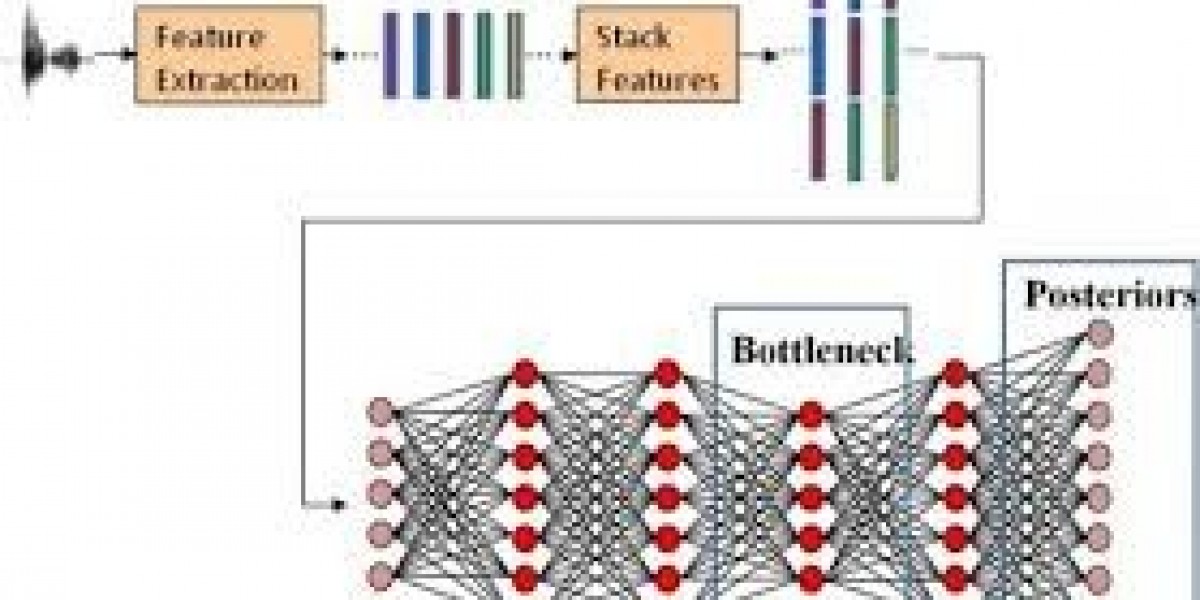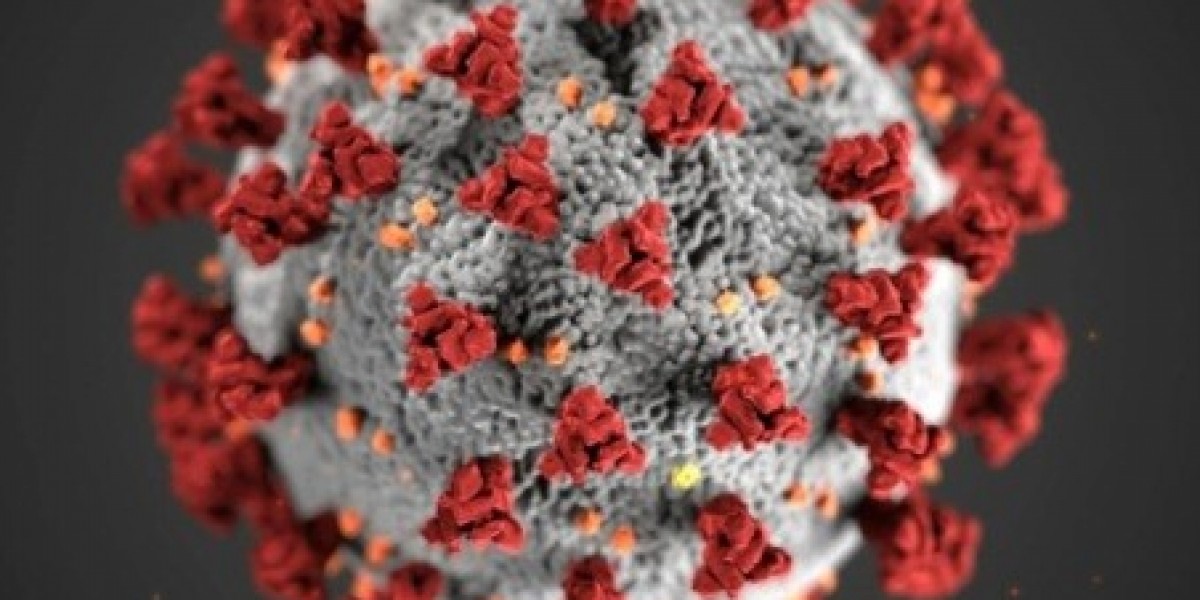Introduction:
In every business process, production system, or technological environment, efficiency plays a vital role in achieving success. However, one common issue that hinders smooth operations is a bottleneck. The term “bottleneck” refers to any point of congestion or blockage that slows down or limits the overall performance of a system. Whether in manufacturing, business management, or computer performance, identifying and eliminating bottlenecks is crucial for productivity and growth.
What Is a Bottleneck?
A bottleneck occurs when the capacity of one part of a system is lower than the capacity of other parts, creating a delay or limitation in the entire process. The name comes from the shape of a bottle—the narrow neck restricts the flow of liquid even though the rest of the bottle can hold much more. Similarly, in an organization or system, the slowest or least efficient step limits the overall output.
For example, in a factory, if one machine processes 100 units per hour while another can only handle 60, the slower machine becomes the bottleneck, reducing the entire line’s efficiency. In the same way, in computing, a bottleneck may occur when a CPU processes data faster than the memory or storage device can handle, causing delays.
Types of Bottlenecks
Bottlenecks can occur in various areas depending on the context. These are a few of the most prevalent kinds:
Production Bottlenecks – In manufacturing, a bottleneck happens when a specific machine or process cannot keep up with the rest of the production line. This leads to slow output and increased waiting times.
Business Process Bottlenecks – In management, bottlenecks may occur in decision-making, approvals, or resource allocation. A single delayed approval from a manager can hold up an entire project.
Technological Bottlenecks – In IT and computing, bottlenecks often appear in systems where one component (like RAM, GPU, or network speed) limits the performance of others. For example, in gaming PCs, an outdated graphics card can cause a performance bottleneck even if the processor is powerful.
Supply Chain Bottlenecks – These occur when suppliers or transport systems cannot meet demand on time, causing inventory shortages or delivery delays.
Human Resource Bottlenecks – When skilled workers are few or training is inadequate, the workforce becomes a bottleneck, slowing down projects and reducing productivity.
Causes of Bottlenecks
Several factors can lead to bottlenecks:
Inefficient Resource Management – Poor planning or misallocation of resources often creates imbalances in workflow.
Outdated Technology – Using slow or incompatible systems can limit performance.
Unclear Communication – Miscommunication between teams can cause unnecessary waiting or rework.
Overloaded Processes – When one stage of a process receives more work than it can handle, delays are inevitable.
Lack of Training – Employees who are not adequately trained may struggle to complete tasks efficiently.
See more: Bottleneck Rechner
Effects of Bottlenecks
If not addressed, bottlenecks can cause serious problems for any organization or system, including:
Reduced Productivity – Slow points lower the overall output and efficiency.
Increased Costs – Time delays often lead to wasted resources and higher operational expenses.
Customer Dissatisfaction – In service-based industries, bottlenecks can lead to late deliveries and poor customer experiences.
Missed Opportunities – Companies facing bottlenecks may lose market opportunities due to slower response times.
How to Identify and Fix Bottlenecks
Analyze Workflow – Start by mapping out the entire process to identify where delays are happening.
Measure Performance – Track key performance indicators (KPIs) like output rate, processing time, and idle time to pinpoint inefficiencies.
Use Technology – Tools like workflow automation software, ERP systems, and performance monitors can help detect and resolve bottlenecks.
Redistribute Workload – Balance workloads across teams or machinery to avoid overburdening a single process.
Upgrade Resources – Replace outdated equipment or upgrade software to improve speed and efficiency.
Train Employees – Ensure that staff have the skills and knowledge to handle their tasks effectively.
Bottleneck in Computing
In computer systems, a bottleneck happens when one component limits the performance of the entire system. For example, a powerful CPU paired with slow RAM or a low-end GPU will not perform to its full potential. Gamers and tech enthusiasts often use “bottleneck calculators” to check which part of their PC is causing performance issues. Optimizing hardware compatibility ensures smoother performance and better efficiency.
Conclusion
A bottleneck may seem like a small issue at first, but it can have a major impact on overall productivity and success. Whether in manufacturing, business processes, or computer systems, identifying and resolving bottlenecks is essential for achieving peak performance. By analyzing workflows, upgrading resources, and managing processes efficiently, organizations and individuals can minimize delays and operate more smoothly.
In today’s competitive world, eliminating bottlenecks is not just about speed—it’s about maximizing efficiency, improving quality, and ensuring long-term growth.
See more blogs: Visit Here









